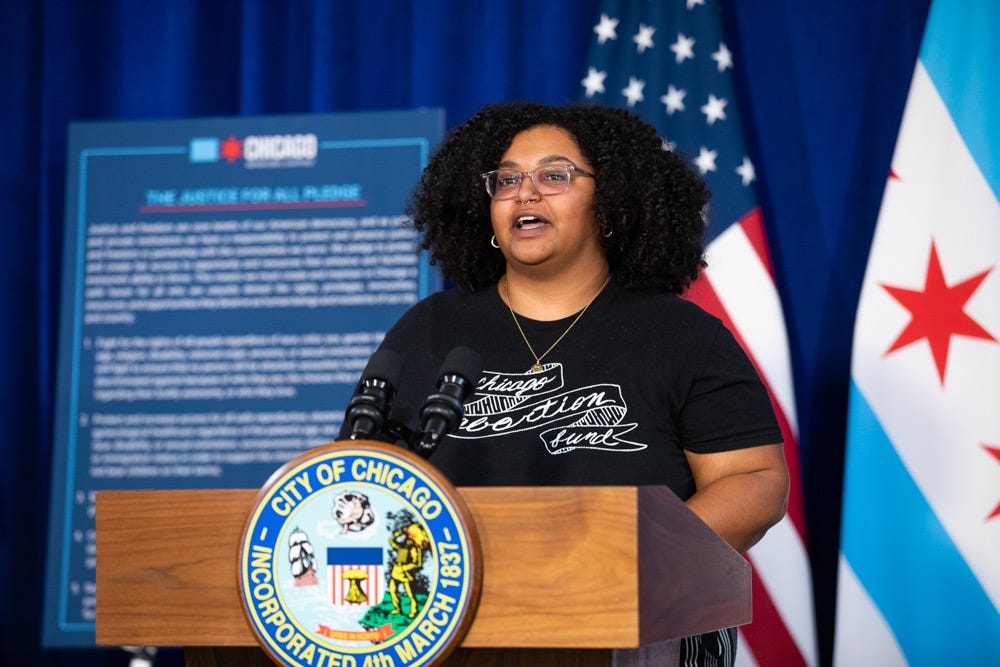
The Shifting Landscape of Abortion Access in Post-Roe America
The overturning of Roe v. Wade in the landmark Dobbs v. Jackson Supreme Court case in 2022 unleashed a seismic shift in abortion access across the United States, triggering a complex interplay of legal protections, resource strain, and patient anxieties. This decision, which eliminated the constitutional right to abortion, has transformed the healthcare landscape, particularly in states bordering those with restrictive abortion laws.
Clinics in states with robust abortion protections are experiencing an unprecedented surge in out-of-state patients seeking reproductive care. Hope Clinic, located in Granite City, Illinois, is one such facility on the front lines of this new reality. Michele Landau, the clinic’s Chief Operating Officer, navigates the daily challenges of accommodating the increased demand. Situated near states with stringent abortion restrictions, including outright bans in Indiana and Kentucky, Hope Clinic has witnessed a staggering 700% increase in out-of-state patients since the Dobbs decision. What was once a patient base primarily from Missouri and Illinois now includes a significant 40% hailing from other states.
Illinois, with its state constitutional protections for abortion rights, has become a crucial destination for individuals seeking care. However, this influx of patients is placing immense pressure on the state’s healthcare infrastructure and resources. The rise in demand comes at a time when studies reveal a troubling correlation between restrictive abortion laws and weakened maternal healthcare support. In states like Arkansas and Oklahoma, where total abortion bans are in effect with limited exceptions, a concerning proportion of the population resides in maternity care deserts, lacking access to obstetric providers or birth centers.
Furthermore, emerging research suggests a link between abortion bans and increased infant mortality rates, particularly among Black infants, those with congenital anomalies, and those born in southern states. This data underscores the potential adverse health outcomes associated with restricted abortion access. Compounding these issues, researchers warn of the potential for a workforce crisis in states with abortion bans, as physicians may be deterred from practicing medicine in environments where they fear legal repercussions for providing comprehensive reproductive care.
The situation is not limited to the Midwest. In Queens, New York, Choices Women’s Medical Center has been providing abortion care for over half a century. Merle Hoffman, the clinic’s founder, president, and CEO, describes the center as an "oasis in the storm" for its patients. While New York City does not directly border states with the most restrictive abortion laws, its accessibility makes it a key destination for out-of-state patients. The clinic has experienced a significant 46% increase in out-of-state patients from 2023 to 2024.
Dr. Joseph Ottolenghi, the medical director at Choices Women’s Medical Center, explains that many border state clinics were already operating at capacity prior to the Dobbs decision. Choices Women’s Medical Center, with its two operating rooms and ample space, is better equipped to accommodate the surge in demand. However, the increased patient load is placing a strain on resources and personnel.
Both Hope Clinic and Choices Women’s Medical Center share a commitment to ensuring that no patient is turned away due to financial constraints. They work with abortion funds throughout the country, such as the Chicago Abortion Fund, to provide financial assistance to patients in need. These funds cover expenses such as travel, lodging, food, and childcare, removing significant barriers to access.
However, the reliance on abortion funds raises concerns about long-term sustainability. Megan Jeyifo, executive director of the Chicago Abortion Fund, highlights the dramatic increase in financial assistance provided by the fund, from $300,000 in 2020 to $5 million in 2024. This exponential growth underscores the growing financial burden on abortion funds and the need for alternative funding models.
Jeyifo emphasizes that legal protections for abortion rights in states like Illinois are meaningless without adequate support for access. Many people are unaware of the financial and logistical barriers that patients must overcome, even in states where abortion is legal. She fears that Illinois will eventually be unable to handle the influx of patients from other states and hopes that other protective states will follow the Chicago Abortion Fund’s model.
The increased demand for abortion care is also impacting the emotional well-being of patients. Dr. Ottolenghi notes that out-of-state patients are often more anxious and fearful due to the legal and political climate in their home states. Rebecca Glassman, director of counseling at Choices Women’s Medical Center, emphasizes the need for increased counseling and support to address patients’ concerns and anxieties.
Another major concern is the spread of misinformation surrounding abortion legislation. Landau explains that some patients are fearful of being prosecuted for traveling to obtain abortion care, even though such prosecution is unlikely. This fear, fueled by media coverage of proposed bills, can deter patients from seeking necessary care.
Furthermore, patients may face challenges in obtaining follow-up care after returning to their home states. Glassman explains that abortion funds and referral networks can help connect patients with nearby providers in states where they can access the care they need with less wear on the system.
Despite the challenges, abortion providers remain committed to providing care to all patients in need. Hoffman believes that abortion providers are adept at adapting to changing circumstances and will continue to fight for abortion rights. Jeyifo acknowledges the uncertainty of the future but remains focused on the immediate task of supporting patients.
The post-Dobbs era has fundamentally altered the landscape of abortion access in the United States. Clinics and abortion funds in protective states are facing unprecedented demands, while patients in restrictive states face significant barriers to care. The long-term sustainability of this system remains uncertain, but abortion providers are committed to continuing their work, one foot in front of the other, to ensure that all individuals have access to the reproductive care they need.
